 1972 BMW 5 Series (E12) Dimensions, Size & Specs
1972 BMW 5 Series (E12) Dimensions, Size & SpecsMeasurements of the 1972 BMW 5 Series, engineered for optimal performance and comfort
| Dimensions | |
|---|---|
| Length: | 4620 mm181.9 in15.2 ft |
| Width: | 1690 mm66.5 in5.5 ft |
| Height: | 1425 mm56.1 in4.7 ft |
| Ground Clearance: | 139-140 mm5.5-5.5 in0.5-0.5 ft |
| Trunk Capacity: | 440 liter15.5 cu ft |
| Weight Specifications | |
| Curb Weight: | 1230-1385 kg2712-3053 lbs |
| Maximal permitted Weight: | 1700-1840 kg3748-4057 lbs |
| Tire Specifications | |
| Rims Size: |
|
| Tire Sizes: |
|
The BMW 5 Series E12, produced between 1972 and 1976, represents a significant era in BMW's sedan line, showcasing a blend of classic styling with the high-quality engineering typical of the brand. This first generation of the 5 Series brought forward a sportier yet practical vehicle that comfortably fits the midsize sedan category.
In terms of size, the E12 measures 4620 mm (approximately 182 inches) in length, 1690 mm (about 66.5 inches) in width, and stands 1425 mm (roughly 56 inches) tall. This combination of dimensions offers a balanced profile that is both aerodynamic for its time and spacious enough to accommodate families and professionals alike.
The curb weight of the E12 ranges from 1230 to 1385 kilograms (2712 to 3054 pounds), depending on the specific model and equipment level. Its maximum weight capacity varies between 1700 and 1840 kilograms (3748 to 4056 pounds), reflecting its robust construction and ability to comfortably transport passengers and cargo.
With a luggage capacity of 440 liters (around 15.5 cubic feet), the E12 offers adequate storage for daily use and long trips, supporting the sedan's role as a versatile vehicle. The ride height or ground clearance stands at 139 to 140 mm (approximately 5.5 inches), which balances a sporty driving experience with reasonable comfort over diverse road conditions.
Regarding wheels and tires, the BMW E12 came equipped with 14-inch rims paired with tire sizes of 175/80 R14 or 195/70 R14, contributing to its handling characteristics and ride quality.
Overall, the BMW 5 Series E12 remains a celebrated classic sedan that combined contemporary luxury with practical dimensions and mechanical reliability, marking a high point in early 1970s automotive design and performance.
Discover the standout features that make the 1972 BMW 5 Series a leader in its class
Have a question? Please check our knowledgebase first.
The BMW 5 Series (E12), produced between 1972 and 1976, has a length of 4620 mm (181.9 inches), a width of 1690 mm (66.5 inches), and a height of 1425 mm (56.1 inches). These dimensions make it a classic mid-size sedan of its era, offering a balanced footprint suitable for both urban and highway driving.
The curb weight of the BMW 5 Series (E12) ranges from 1230 kg to 1385 kg (2712 to 3053 lbs), depending on the specific model and equipment. Its maximum permissible weight varies between 1700 kg and 1840 kg (3748 to 4056 lbs), ensuring it can carry passengers and cargo within safe limits without compromising performance or safety.
The luggage capacity of the BMW 5 Series (E12) sedan is 440 liters (approximately 15.5 cubic feet). For a 1970s mid-size sedan, this was quite practical, providing ample space for everyday travel and moderate luggage needs. By modern standards, this is a modest trunk size but remains sufficient for most passenger needs.
The BMW 5 Series (E12) features a ride height or ground clearance of approximately 139 to 140 mm (5.47 to 5.51 inches). This balanced ground clearance suits both urban environments and highway driving, offering a stable ride while accommodating mild road irregularities and speed bumps efficiently.
The BMW 5 Series (E12) rides on 14-inch rims, paired commonly with tire sizes 175/80 R14 and 195/70 R14. These tire specifications provide a blend of comfort and handling characteristics typical for sedans of that era, balanced for both performance and ride quality on various road surfaces.
With its length of 4620 mm (181.9 inches) and width of 1690 mm (66.5 inches), the BMW 5 Series (E12) is compact enough to fit comfortably within a typical standard garage, which usually accommodates vehicles up to approximately 4877 mm (192 inches) in length and 2438 mm (96 inches) in width. This makes parking and storage convenient for most residential garages.
The E12 generation was actually the first generation of the BMW 5 Series; it did not have a direct predecessor named E10 in the 5 Series line. Instead, the E12 introduced BMW's entry into the mid-size luxury sedan market, setting the template for future 5 Series models. Its dimensions established the class standard that subsequent generations would evolve from.
The BMW 5 Series (E12) slots neatly among mid-size sedans of its time, with a length of 4620 mm and width of 1690 mm. For example, compared to the Mercedes-Benz W114/W115 series (approx. 4600 mm length) and the Audi 100 C1 (approx. 4760 mm length), the E12 was slightly shorter but offered competitive width and height. Its balanced size favored driving dynamics and urban usability without sacrificing interior space.
The BMW 5 Series (E12) usually came with 14-inch rims equipped with tire sizes 175/80 R14 or 195/70 R14. These tire sizes provided a good balance between sidewall height and rim diameter, contributing to a comfortable ride with adequate cushioning over rough surfaces while maintaining responsive handling, which aligned with the car's sporty yet practical design philosophy.
With a height of 1425 mm (56.1 inches), the BMW 5 Series (E12) offers sufficient headroom for most adult passengers, maintaining a comfortable interior environment. This relatively moderate height also contributes to a lower center of gravity, enhancing vehicle stability and aerodynamic efficiency compared to taller sedans, which supports better driving dynamics and fuel efficiency.
Discover similar sized cars.
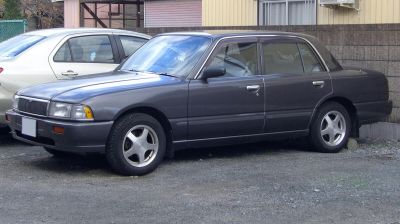
| Production: | 1994-1998 |
|---|---|
| Model Year: | 1994 |
| Length: | 4595 mm180.9 in |
| Width: | 1695 mm66.7 in |
| Height: | 1460 mm57.5 in |
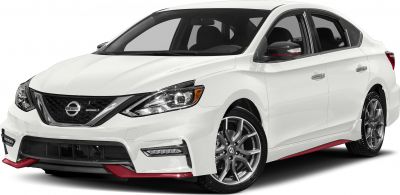
| Production: | 2016-2019 |
|---|---|
| Model Year: | 2016 |
| Length: | 4625-4663 mm182.1-183.6 in |
| Width: | 1760 mm69.3 in |
| Height: | 1499 mm59.0 in |

| Production: | 2016-2019 |
|---|---|
| Model Year: | 2016 |
| Length: | 4631 mm182.3 in |
| Width: | 1760 mm69.3 in |
| Height: | 1503 mm59.2 in |
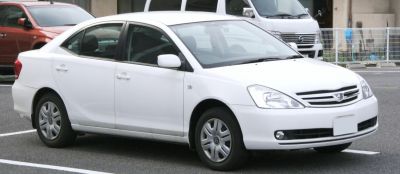
| Production: | 2001-2004 |
|---|---|
| Model Year: | 2001 |
| Length: | 4600 mm181.1 in |
| Width: | 1695 mm66.7 in |
| Height: | 1470 mm57.9 in |
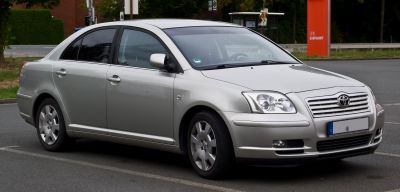
| Production: | 2003-2009 |
|---|---|
| Model Year: | 2003 |
| Length: | 4630 mm182.3 in |
| Width: | 1760 mm69.3 in |
| Height: | 1480 mm58.3 in |
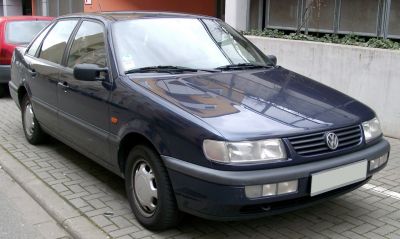
| Production: | 1993-1996 |
|---|---|
| Model Year: | 1993 |
| Length: | 4605 mm181.3 in |
| Width: | 1720 mm67.7 in |
| Height: | 1430 mm56.3 in |
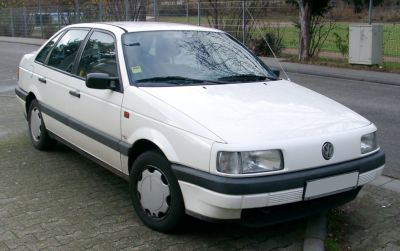
| Production: | 1988-1993 |
|---|---|
| Model Year: | 1988 |
| Length: | 4573-4595 mm180.0-180.9 in |
| Width: | 1705 mm67.1 in |
| Height: | 1428-1480 mm56.2-58.3 in |
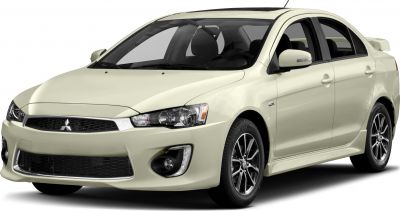
| Production: | 2015-2017 |
|---|---|
| Model Year: | 2016 |
| Length: | 4625 mm182.1 in |
| Width: | 2029-2044 mm79.9-80.5 in |
| Height: | 1480 mm58.3 in |
